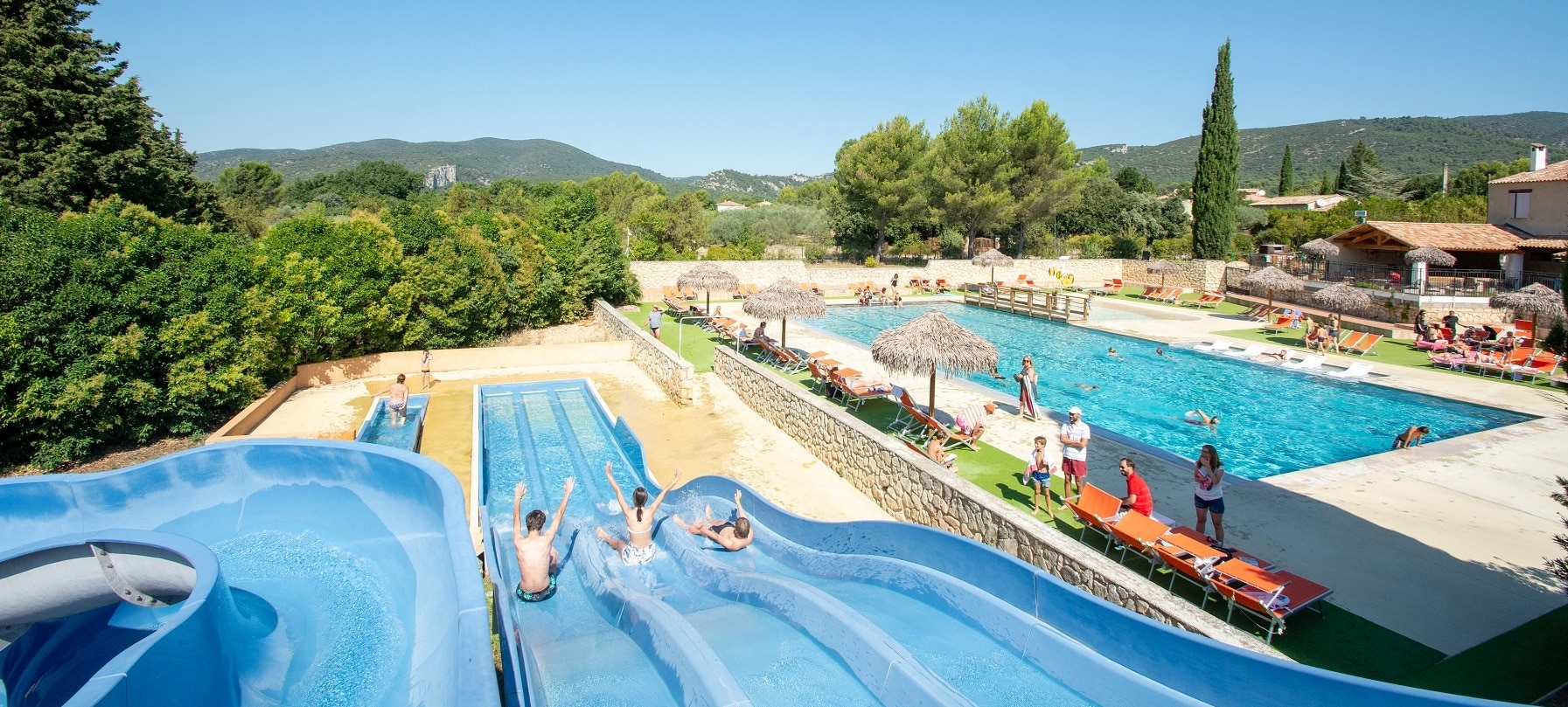
The creeks of Cassis
Published on 12/11/2024 by CAMPASUN




Located near Toulon and Marseille, in the Provence Alpes Côte d’Azur region, the creeks of Cassis are the ideal place for a getaway between sea and mountain. Dive into its turquoise blue waters and escape to the heart of nature! Whether by boat, on foot or by air, discover this unique place in France. It is classified among the 10 national parks in France.
Discovering the calanques of Cassis
During a stay at a campsite in Provence, discover the Calanques de Cassis, a set of coves and cliffs located on the French Mediterranean coast, near the town of Cassis. These are beautiful and protected natural places that attract thousands of visitors every year to admire the scenery, swim in the crystal clear waters or practice outdoor activities.
The Calanques de Cassis consist of a series of coves and caves dug into the white limestone cliffs, which extend for several kilometres along the coast. The most famous coves include the Calanque de Port-Miou, the Calanque d’En-Vau and the Calanque de Port-Pin.
how to get there ?
You can access these sumptuous places by the sea or by hiking trails, which allow to admire the breathtaking views of the sea and cliffs. It is also possible to rent boats to explore the more isolated coves, or take a boat for a cruise along the coast.
Activities to do in the Calanques de Cassis
Among the most popular activities in the Calanques are swimming, scuba diving, hiking, canyoning and climbing. The crystal clear waters of the Calanques de Cassis are also a favourite spot for sailing and windsurfing enthusiasts. Do not hesitate during your stay to discover the festivals of the South of France, near Cassis.
Rich flora and fauna
The Calanques de Cassis are also a place of choice for fauna and flora. The limestone cliffs are home to many rare species of birds, such as Bonelli’s eagles and wild vultures, as well as endemic plants such as broom hedgehog and lavender.
a listed site
Finally, it is important to note that Les Calanques de Cassis are part of a national park since 2012, visitors must respect the rules for the preservation of the environment and animal and plant species, so it is forbidden to make fire, camping, picnicking and leaving their waste in the wild. This natural site is heavily guarded and therefore reprehensible.








